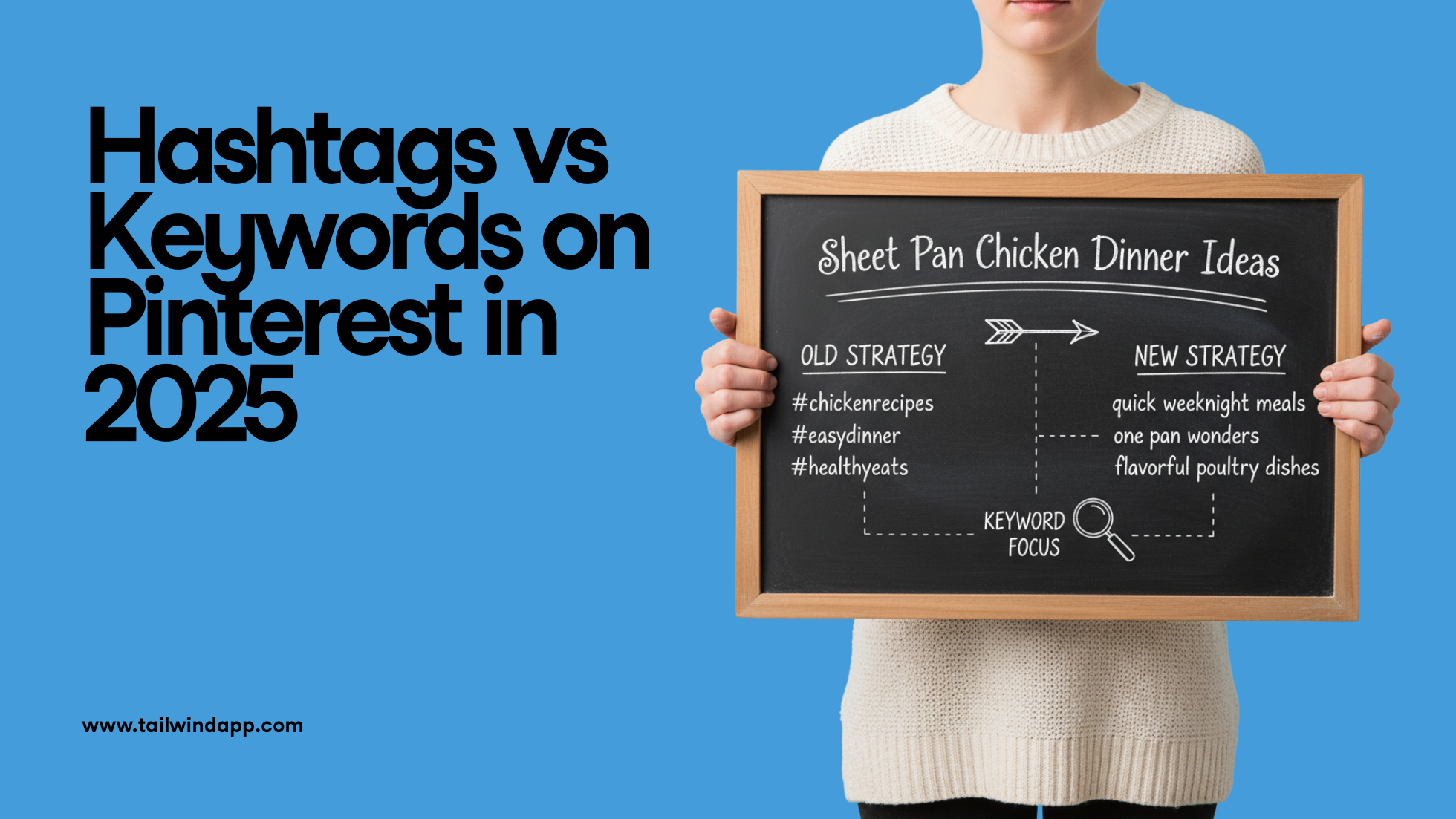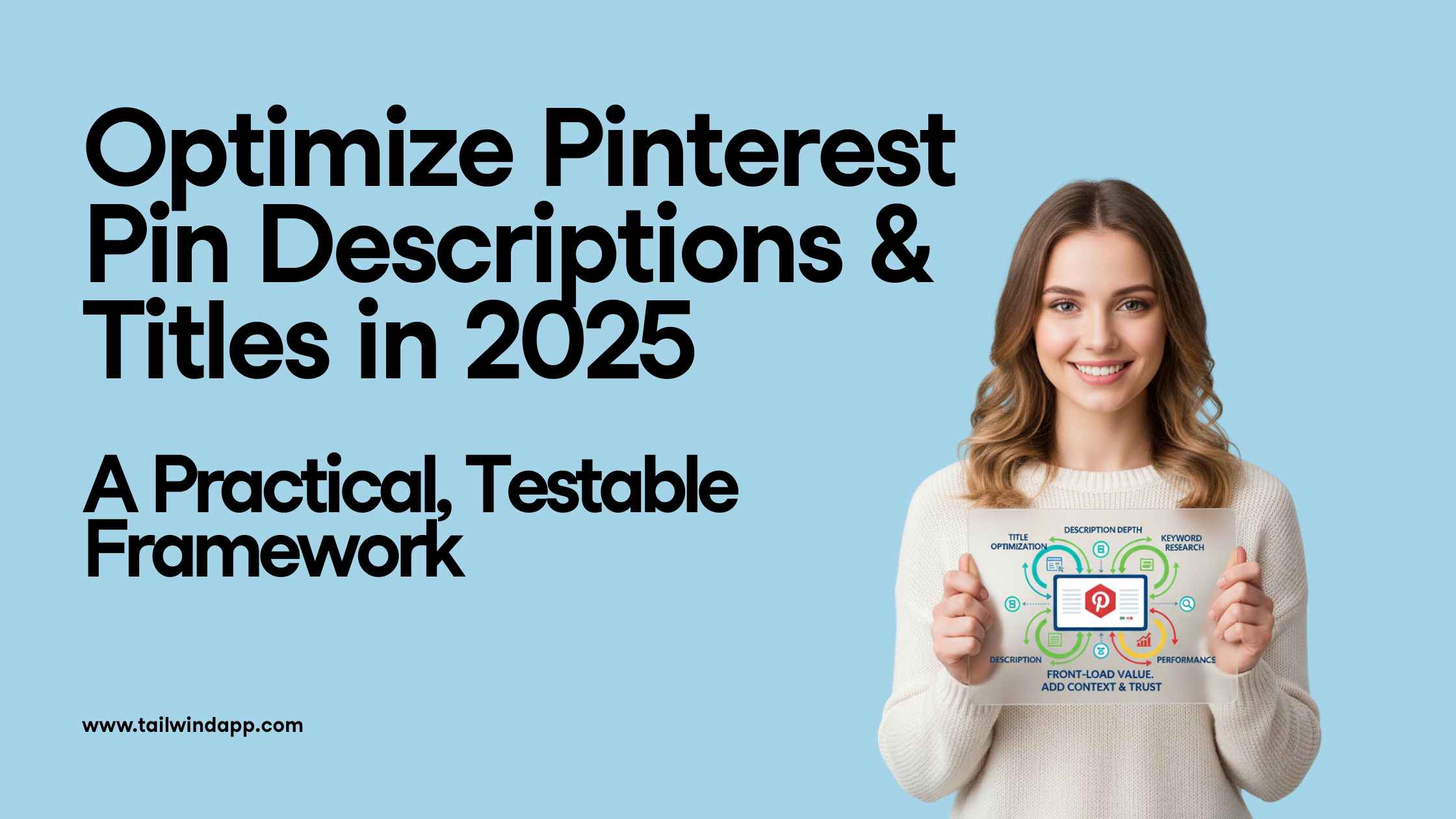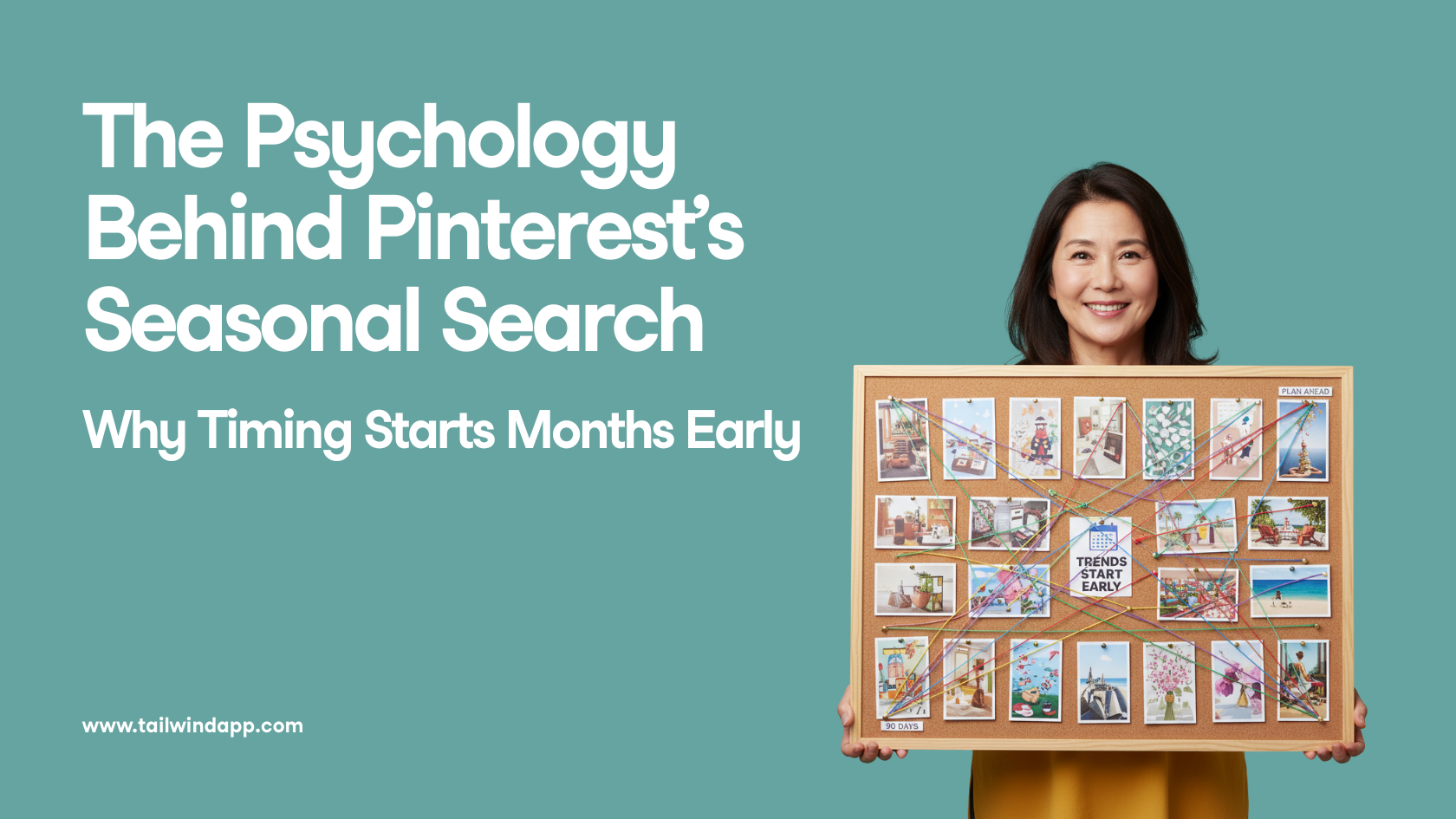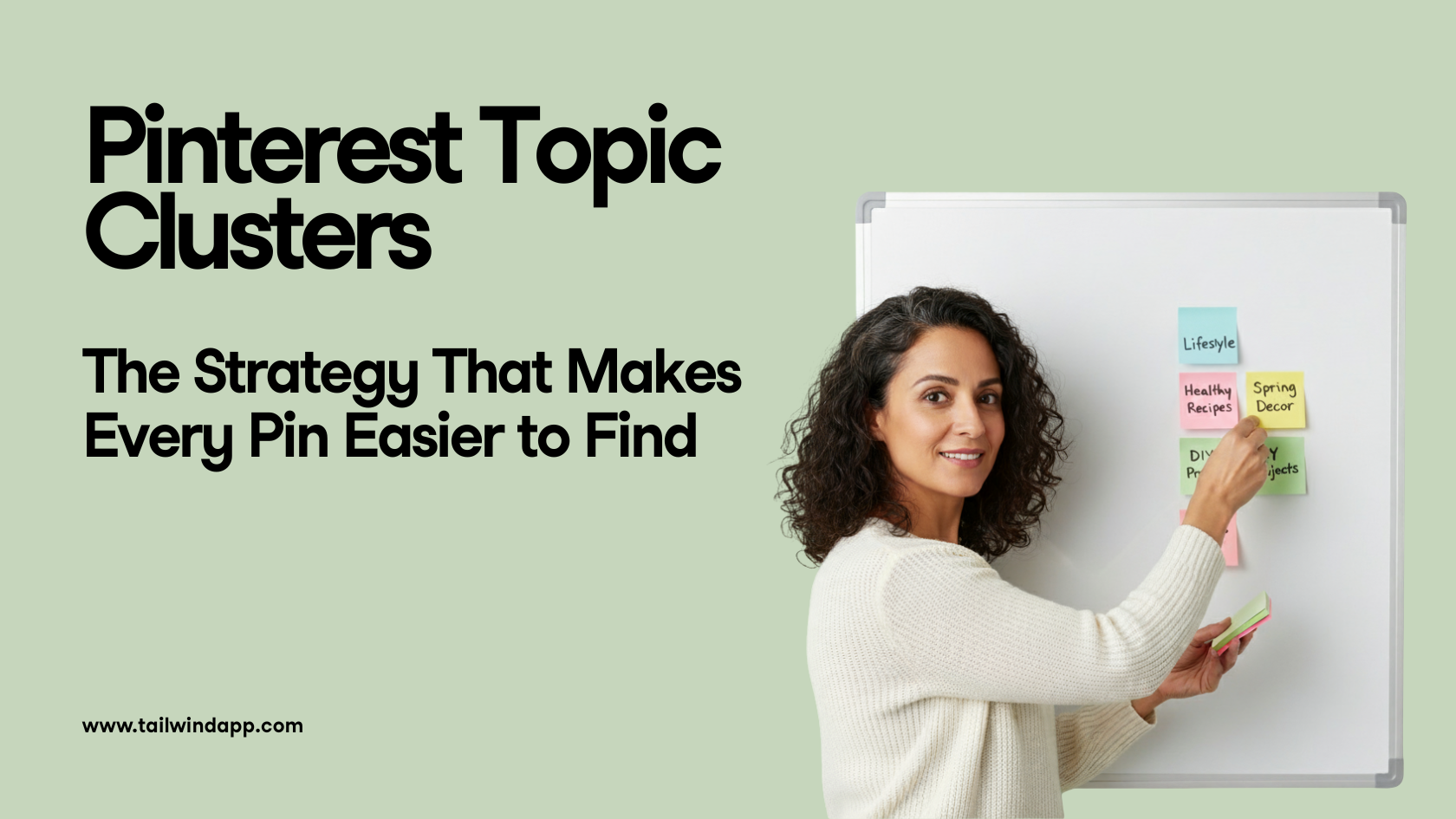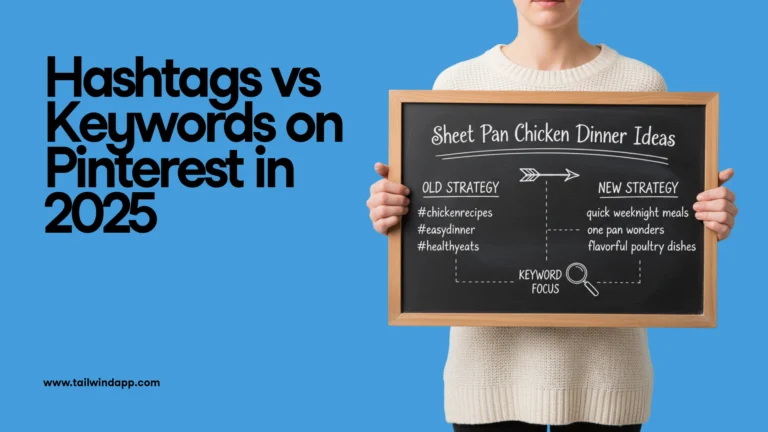Believe it or not, some people complain about the traffic that comes to their site from Pinterest. They complain that it’s not the “right” kind of traffic because it has a high bounce rate when they look at their analytics.

Not sure what bounce rate is? Google defines bounce rate as “the percentage of visits that go only one page before exiting a site.” In other words, someone lands on your site and then leaves without clicking to visit another part of your site. The higher the percentage, the more people that come to your site aren’t going beyond that page.
Many site owners see a high bounce rate as a very negative thing. They want people to stay on there site longer to consume more content such as blog posts or to perform some sort of action like purchasing a product or signing up for an email list.
Let’s take a look at the way people use Pinterest which could reveal some of the reasons why traffic from Pinterest might be associated with a high bounce rate.
The Verification Approach
Whether using Pinterest for your business or for personal use it is always a best practice when repinning to verify that the pin links to the original source of the image before pinning it to your board. For a business account it wouldn’t be wise to pin something that lead your followers to a broken link or worse, to a spam site.
Checking the link only takes a few second per pin. Simply click on the pin and once the site loads, scan and verify that it is the source of the image and appears to be a site worth sharing with your followers. If it is, go back to Pinterest and repin it to your board.
Verifying the link only took a few seconds and for the owner of that site it only counts as one, very brief, page visit. This leads to a high bounce rate. However, this quick visit might not be a bad thing. Here’s an example and a are a few reasons why:
I come across a pin that links to an article about the SEO of Pinterest. I check the link, it links to the source and after a quick glance it looks like the article has some useful information that could be helpful to my followers. I pin it to my Pinterest tips and news board. In a matter of seconds I visited the site and left after only glancing at one page. For the site owner, this means a high bounce rate.
Why this isn’t so bad:
- The pin could be repined by my followers and could drive even more traffic.
- When I want to get the details from the article I’ll go back to the site and take a closer look at the article.
- I could be so impressed by that article that I would continue reading, pin more articles and sign up for their email list.
The Save for Later Approach
Pinterest is an amazing tool for discovery. It’s not uncommon for users of Pinterest to come across pins that link them to things or information that they didn’t know they wanted or needed. But when they do, they pin it for future reference.
As in the example before, people verify the link by quickly checking out the site before pinning it. In the case of product images, sometimes people want to have a link to a site where they can purchase it from or to check out pricing and availability. Once verified they can pin it to their board and come back to it when they’re ready to make a purchase. When that time comes, they might even purchase more products.
It’s difficult to visit Pinterest and not be tempted by all of amazing images of food. One of the most popular categories on Pinterest is food and drink. Often, after verifying the link, people will pin recipes for future use.
What You Can Do to Lower the Bounce Rate
While some of the traffic that comes from Pinterest is to verify the link, all is not lost. There are some things you can do to encourage those hasty visitors to stay and look around a bit.
- Over 50% of the people on Pinterest are using the mobile app. How does your look on a mobile device? Is it easy to navigate? Many times a site will be “mobile friendly” and offer a basic stripped down version of the site. This can often lead to a very boring experience for the visitor. Take a look at your site from different devices, would you want to stick around?
- Is your content easy to read? Most people are scanners. Unless they need step-by-step details from your site they probably won’t take the time to read each word. Make it easy on them, make sure you use an easy to read font, your paragraphs aren’t too long and there is plenty of white space to help with the flow.
- Do you encourage them to visit other parts of your site? Within your blog posts you can link to other relevant articles. For example, I pinned a recipe for homemade pizza crust, while reading the recipe I noticed that the author linked to her recipe for pizza sauce. I clicked over and pinned that too.
- Another way to encourage people to click to other blog posts is to use a plugin like LinkWithin. This handy plugin displays thumbnails and titles of other blogposts to the reader beneath each post. take a look below for an example. It’s available for Blogger, self-hosted WordPress and TypePad sites.
- If you have an commerce site do you feature other related products on each product page that encourages them to shop more? If you no longer carry a product, just don’t put an out of stock notice offer them an alternative instead.
- Does the image you use really represent your content? If you use an image of a blue cupcake in your article about Twitter, people coming across that image on Pinterest might think it’s for a cupcake recipe. when they go to your site and see that there isn’t a recipe, they’ll quickly leave. If necessary, use text overlays on your images to make your message clear. With a tool like PicMonkey, it can be done quickly and easily. (Affiliate link)
For some sites the bounce rate from Pinterest may be higher than visitors from other sites but it might not be a completely negative thing. Have you noticed a high bounce rate form Pinterest traffic? Have you done anything to try to lower it?

